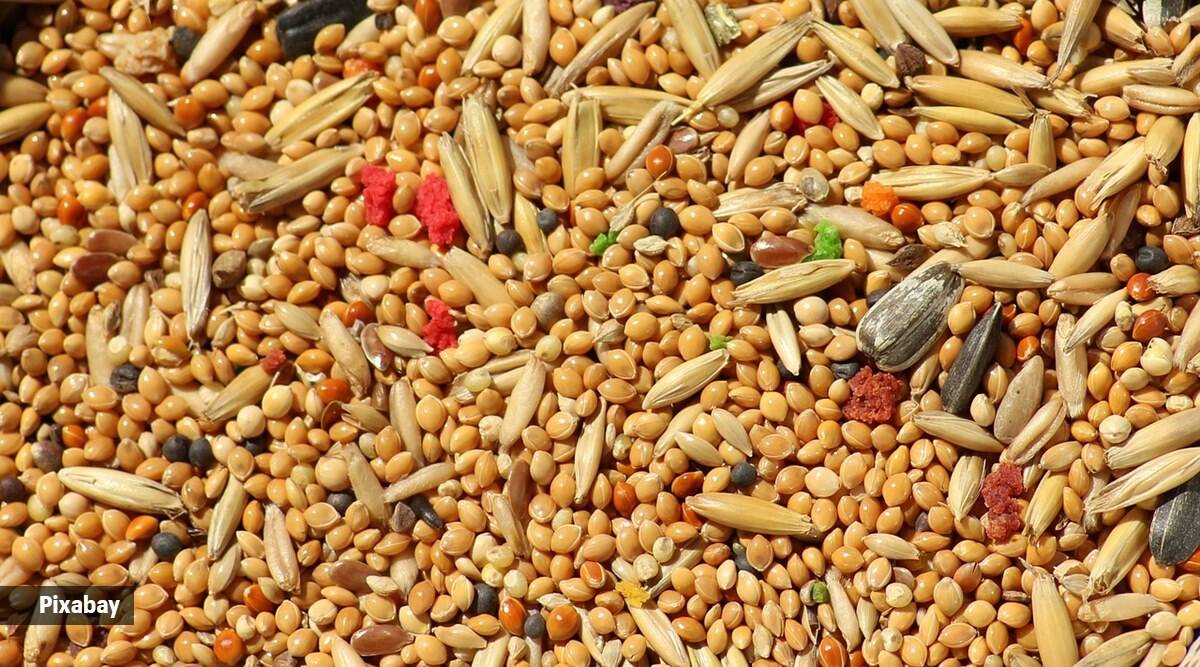Navratri does not ask us to limit ourselves to the high-calorie foods that we are used to consuming because they were designed with the traditional mindset. However, today’s lifestyles are more sedentary, so it is necessary to discover new options. Thanks to India’s rich culinary heritage, there are many tasty and nutrient-rich foods available.
What we eat and drink during these nine days has a great influence on our happiness, health, and mental well-being, which are usually ignored during these festivals. Far from cliché dishes like sabudana khichri and kuttu poori that are dense in calories, as well as healthy and extravagant avocado salads and Buddha bowls, India has embraced the rich culinary diversity of our country that can be discovered through traditional dishes.
Millets can be a great option during Navratri as they are known for their good nutritional values. Gluten-free indigenous miracles like rajgira (amaranth) and samaj (barnyard millet) have over 10% protein, while kuttu (buckwheat millet) provides a good dose of calcium, iron, vitamin B6 and magnesium.
As well as being rich in micronutrients, these foods also have a medium glycemic index (GI) of around 45. So cook them with plenty of greens like spinach, squash, carrots, and other seasonal greens of your choice to lower your overall intake. . burden. In fact, the insulin and glucose receptors in the body are activated by the rich magnesium content in millet.
Each of the more than 10 millets requires different cooking methods and times, unlike rice, which has seen widespread adoption among Indians. This calls into question the desirability in this fast-moving urban society and millets have seen a drop in adoption for decades. Therefore, we need novel and convenient products to increase the adoption of millet. Plant-based foods provide a choice by prioritizing consumer experience and convenience with products like millet-based milk, yogurt, shakes, bars and more. Some of these products are already available in India.
Millet requires less fertilizer and pesticides, unlike conventional cereals for cultivation. They supply superior nutrients and possess excellent climate resilience properties. They do not require a lot of water to grow, which makes them the most adaptable for times of climate concern. Therefore, millet is an environmentally, ecologically and economically friendly food and nutrition source. Also, traditional foods like laddoos, chaklis, poha, khakara, crackers and other snacks can also be made with millet.
Of the many items that appear on the traditional Navratri plate, the singhada (chestnut) is particularly popular during Navratri. This fruit provides polyphenols, making it an excellent source of antioxidants that protect our body from harmful oxidative stress, improve digestion, reduce cholesterol levels and improve cardiovascular health. Eating a chaat singhada garnished with peanuts can make a great teatime snack. Makhanas, sweet potatoes, fruit bowl, peanuts and walnuts are some additional options.
People who are fasting and want to avoid the usual options during Navratri can switch to a more balanced diet by eating whole plant foods like millet, local and seasonal vegetables and fruits, and seeds like hemp seeds, which are doing a to return. In addition to fasting during Navratri, the focus is on cleansing and rejuvenating the mind. Therefore, paying attention to regular exercise and getting enough sleep should also be a priority.
!function(f,b,e,v,n,t,s)
{if(f.fbq)return;n=f.fbq=function(){n.callMethod?
n.callMethod.apply(n,arguments):n.queue.push(arguments)};
if(!f._fbq)f._fbq=n;n.push=n;n.loaded=!0;n.version=’2.0′;
n.queue=[];t=b.createElement(e);t.async=!0;
t.src=v;s=b.getElementsByTagName(e)[0];
s.parentNode.insertBefore(t,s)}(window, document,’script’,
‘https://connect.facebook.net/en_US/fbevents.js’);
fbq(‘init’, ‘444470064056909’);
fbq(‘track’, ‘PageView’);
.
